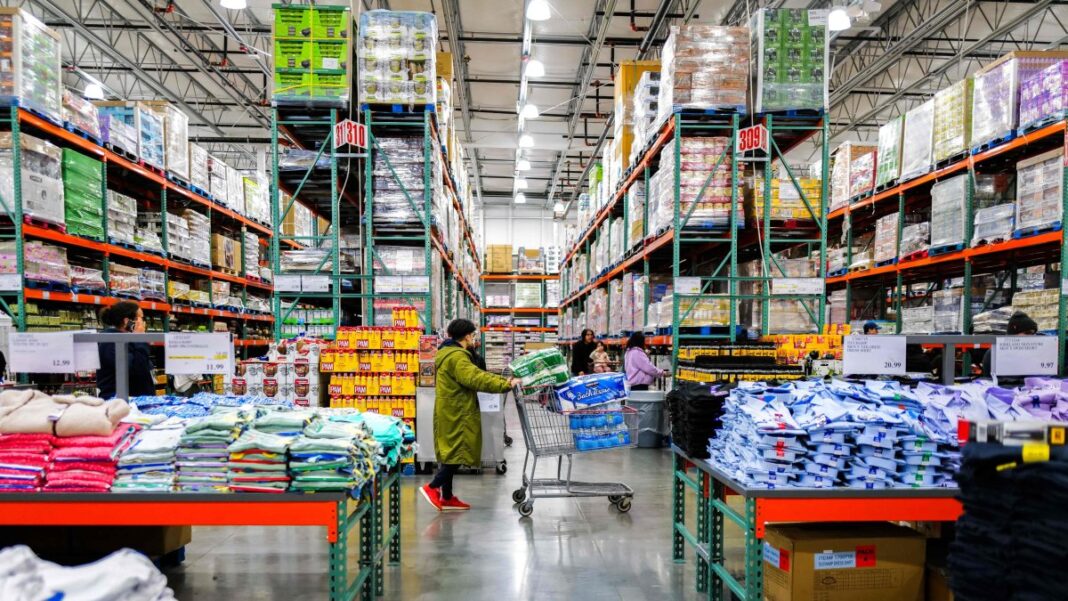U.S. consumer prices unexpectedly edged down in March, but inflation risks remained tilted to the upside after President Donald Trump hiked tariffs on imported Chinese goods even as he lowered duties on most other nations.
The consumer price index (CPI) dipped 0.1% last month after gaining 0.2% in February, the Labor Department’s Bureau of Labor Statistics said on Thursday.
In the 12 months through March, the CPI advanced 2.4% after rising 2.8% in February. Economists polled by Reuters had forecast the CPI edging up 0.1% and climbing 2.6% year-over-year.
Excluding the volatile food and energy components, the CPI gained 0.1% in March after climbing 0.2% in February. The so-called core CPI inflation increased 2.8% year-on-year in March after rising 3.1% in February.
March’s data likely captured only a fraction of the first wave of Trump’s barrage of import duties, including a 20% tariff on Chinese goods, and levies on steel and aluminum.
Trump on Wednesday said he had paused targeted tariffs on trade partners for 90 days, less than 24 hours after steep new duties kicked in and plunged financial markets into turmoil.
But Trump jacked up duties on Chinese merchandise to 125% from 104% after Beijing hit back with an 84% tariff on U.S. goods. The European Union paused its first countermeasures against U.S. tariffs, though the bloc was not mentioned in Trump’s statement.
A 10% blanket duty on almost all U.S. imports remains in place. Trump’s tariffs, which he sees as a tool to raise revenue to offset his promised tax cuts and to revive a long-declining U.S. industrial base, have raised the odds of a recession over the next 12 months.
Capital Economics estimated that inflation will peak at about 4%, double the Federal Reserve’s (Fed) 2% target. Minutes of the U.S. central bank’s March 18-19 meeting published on Wednesday showed policymakers were nearly unanimous that the economy faced risks of simultaneously higher inflation and slower growth.
They noted “participants judged that inflation was likely to be boosted this year by the effects of higher tariffs,” and “their contacts were already reporting increases in costs, possibly in anticipation of rising tariffs.”
Financial markets expect the Fed to resume cutting interest rates in June having paused its easing cycle in January to give officials time to assess the economic impact of the White House’s policies. The Fed’s policy rate is currently in the 4.25%-4.50% range.
Higher goods prices were not expected to spill over to services as a softening labor market puts a lid on wage gains. Goods inflation was, however, seen offsetting the anticipated services disinflation.






